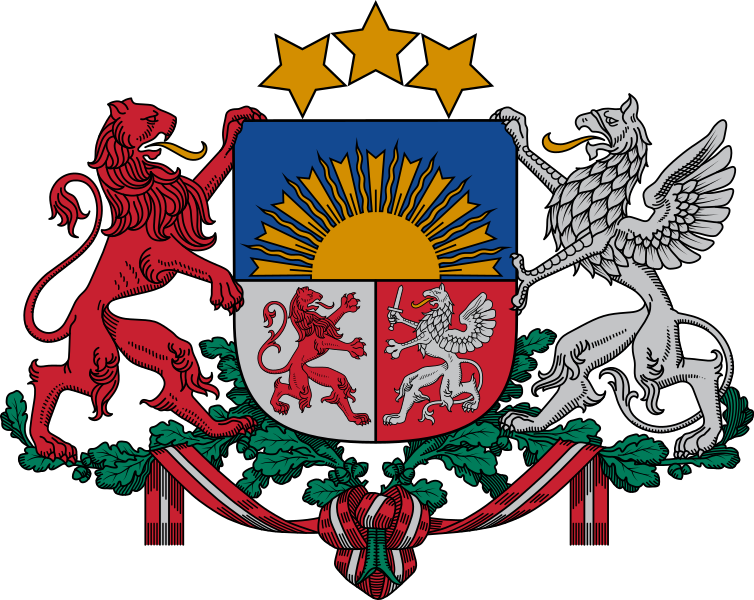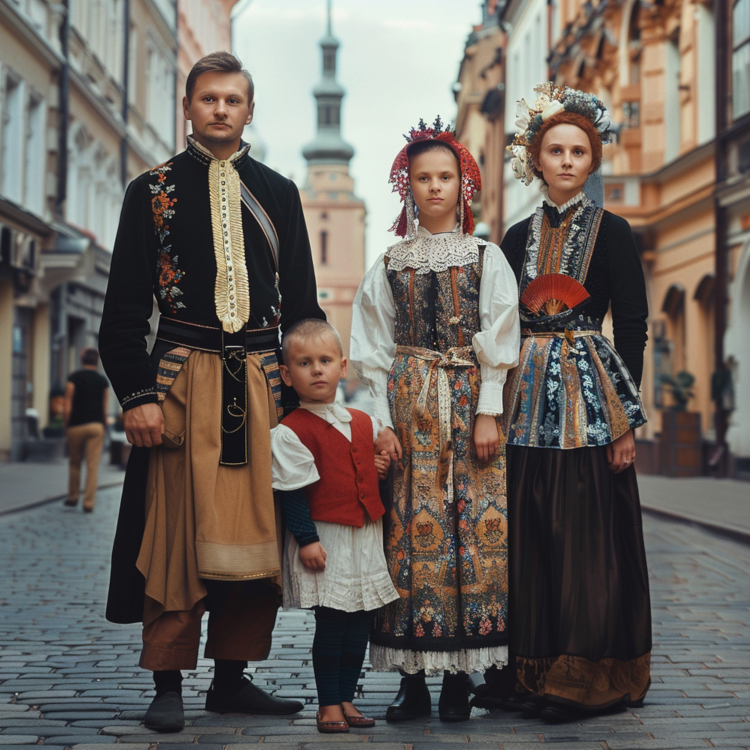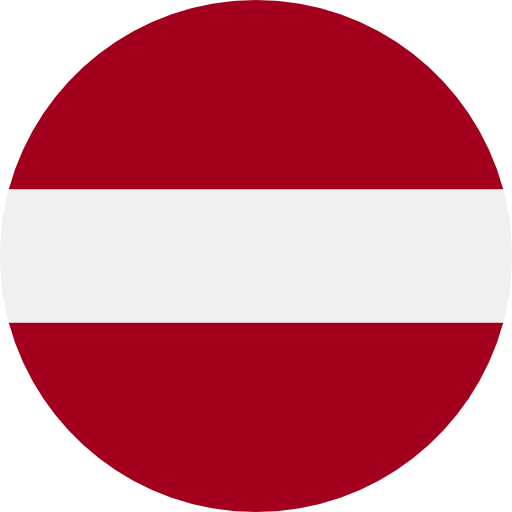About LV

Latvia is a country in Northern Europe, bordered by Estonia to the north, Russia to the east, Belarus to the southeast, and Lithuania to the south. It has a population of approximately 1.9 million people and its capital and largest city is Riga.
Latvia declared independence from Russia in 1918, but was occupied by the Soviet Union from 1940 to 1991. After the collapse of the Soviet Union, Latvia regained its independence and became a democratic republic. It joined the European Union in 2004.
Latvia has a diverse culture and history, influenced by its location at the crossroads of Eastern and Western Europe. Its official language is Latvian, which is spoken by at least half of the population. Latvia has a high-income mixed economy, with a focus on services, manufacturing, and agriculture.
Some notable attractions in Latvia include the historic Old Town of Riga, the Rundāle Palace, the Gauja National Park, and the Jurmala beach resort. The country is also known for its folk music and dance traditions, as well as its cuisine featuring local ingredients such as smoked fish, rye bread, and dairy products.

National Culture Objects
Freedom Monument
The Freedom Monument in Riga is a significant symbol of Latvian independence and national pride. It commemorates the soldiers killed during the Latvian War of Independence from 1918 to 1920.
Jāņi (Midsummer Festival)
Jāņi, or Midsummer Festival, is one of Latvia's most important cultural celebrations. It symbolizes the country's rich folklore traditions, with rituals that include singing, dancing, and lighting bonfires.
Rye Bread (Rupjmaize)
Latvian rye bread, known as rupjmaize, is a staple of the national cuisine. It symbolizes Latvia's agricultural traditions and the importance of bread in the Latvian diet.
Dzintars (Amber)
Amber, often referred to as "Baltic gold," is a precious stone found along the Baltic Sea coast. It symbolizes Latvia's natural heritage and has been used in jewelry and ornaments for centuries.
Folk Costume
Latvian folk costumes, worn during festivals and traditional events, represent the country's cultural identity. Each region has distinct designs and patterns that symbolize local traditions and craftsmanship.
Song and Dance Festival
The Latvian Song and Dance Festival is a massive cultural event held every five years, featuring thousands of participants. It symbolizes Latvia's strong tradition of choral singing and folk dancing.
Stork
The white stork is a bird often associated with Latvia, symbolizing luck and the connection to nature. It represents the country's rich biodiversity and the importance of wildlife conservation.

The national anthem of Latvia is called "Dievs, svētī Latviju!" (God Bless Latvia!). Here are the lyrics in Latvian:
Dievs, svētī Latviju!
Mūs' dārgo tēviju,
Svētī jel Latviju,
Ak, svētī jel to!
Kur latvju meitas zied,
Kur latvju dēli dzied,
Laid mums tur laimē diet,
Mūs' Latvijā!
Tautas vēri sprādzās,
Likts likums dārgās,
Tev zeme devusi svētības,
Mūs' Latvijā!
Un kā pērkons snaud,
Grozās baltas godu zvaigznes,
Un aizrauj vējš sārtu karogu,
Mūs' Latvijā!
Here is an English translation of the lyrics:
God bless Latvia,
Our dear fatherland,
Bless Latvia,
Oh, bless it indeed!
Where Latvian girls bloom,
Where Latvian sons sing,
Let us dance there in happiness,
In our Latvia!
The peoples' swords have flashed,
The laws have been laid down,
Blessed gifts have been given to you, O land,
Our Latvia!
And as thunder breaks,
White stars on blue field turn,
And the red banners sway in the wind,
In our Latvia!


